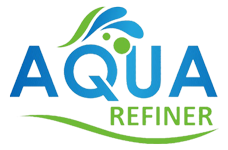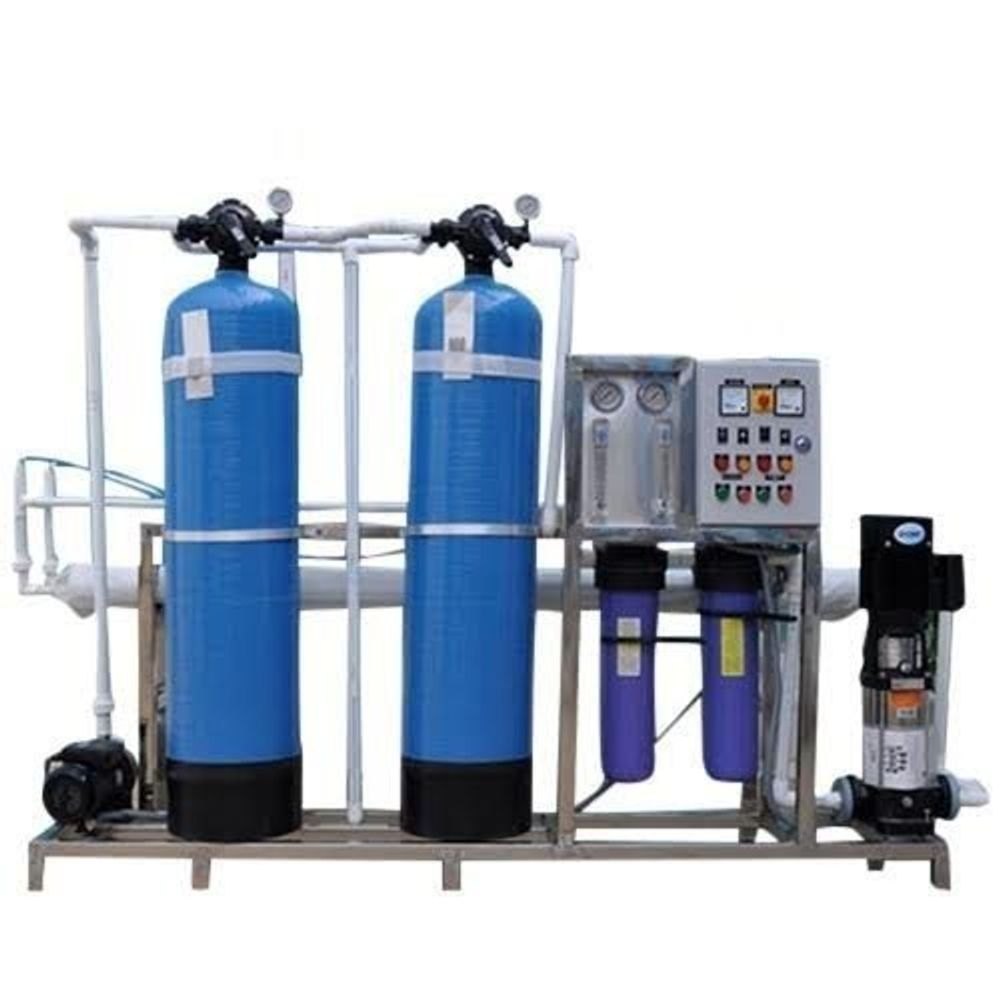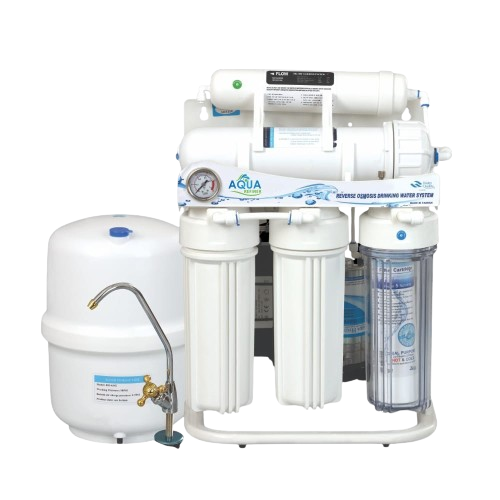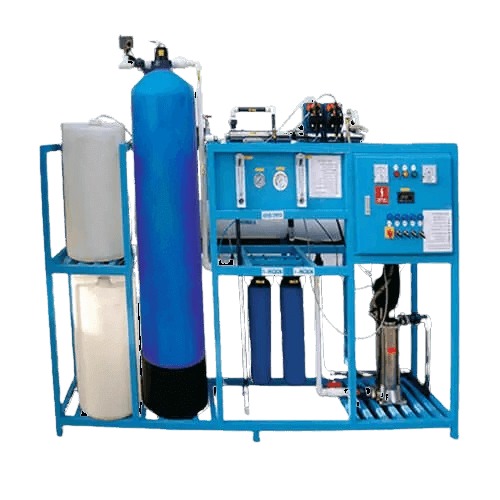That’s a great topic! A 50 LPH (Liters Per Hour) RO (Reverse Osmosis) Plant is a common choice for small businesses, offices, and even large homes.
To write a comprehensive article, here are five key areas you should focus on, along with specific points to cover in each:
50 LPH RO Plant
Understanding the 50 LPH RO System
- Define the Term: Clearly explain what a 50 LPH RO plant is. Stress that 50 LPH refers to its capacity (producing 50 liters of purified water per hour).
- Target Audience/Application: Who typically uses this capacity? (e.g., small schools, mid-sized offices, restaurants, cafes, medium-scale industrial processes like laboratories).
- Need for RO: Briefly explain why RO is necessary (removing TDS, bacteria, viruses, heavy metals, and improving taste).
2. Key Components and Working Principle
This section should detail how the plant works.
- Pre-Treatment Filters:
- Sediment Filter: Removes dirt, sand, and large particles.
- Activated Carbon Filter: Removes chlorine, bad taste, and odor.
- The RO Membrane (The Heart of the System):
- Explain the Reverse Osmosis process (forcing water through a semi-permeable membrane against the osmotic pressure to remove dissolved solids).
- Mention the TDS (Total Dissolved Solids) rejection rate.
- High-Pressure Pump: Explain its role in overcoming osmotic pressure to drive the RO process efficiently.
- Post-Treatment/Storage:
- UV Sterilizer (Optional but Recommended): For final disinfection.
- Storage Tank: Essential for collecting the purified water.
3. Benefits of Installing a 50 LPH Plant
Focus on the advantages this specific capacity offers.
- Cost-Effectiveness: It’s an optimal balance between small domestic units and large industrial plants. It meets medium demand without excessive energy use or high capital cost.
- Consistent Supply: Ensures a reliable and continuous flow of clean water for daily operational needs (cooking, drinking, process use).
- Health and Safety: Provides high-quality, safe drinking water by significantly reducing contaminants, meeting regulatory standards.
- Low Maintenance: Generally designed to be user-friendly with simple maintenance (periodic filter and membrane replacement).
4. Selection and Installation Considerations
Provide practical advice for potential buyers.
- Source Water Quality (Crucial): Emphasize that the inlet water’s TDS level dictates the plant’s final performance and the required pressure.
- Space Requirements: While compact, mention the need for a dedicated, clean, and accessible area for the unit and the storage tank.
- Power Supply: Note the typical single-phase (220V/240V) power requirement for this size.
- Drainage: Highlight the necessity of a proper drainage system to manage the wastewater (reject water).
5. Maintenance and Longevity Tips
This section adds long-term value for the reader.
- Regular Cleaning/Backwash: For pre-filters to maximize the life of the RO membrane.
- Filter Replacement Schedule: Provide typical intervals (e.g., sediment/carbon filters every 3-6 months, RO membrane every 1-3 years, depending on usage and inlet water quality).
- TDS Monitoring: Advise on the importance of regularly checking the output TDS to ensure the plant is functioning efficiently and the membrane is still effective.
Conclusion
- Summarize the unit’s value proposition: Reliability, purity, and cost efficiency for medium-demand applications.
- Call to Action: Encourage readers to consult with




